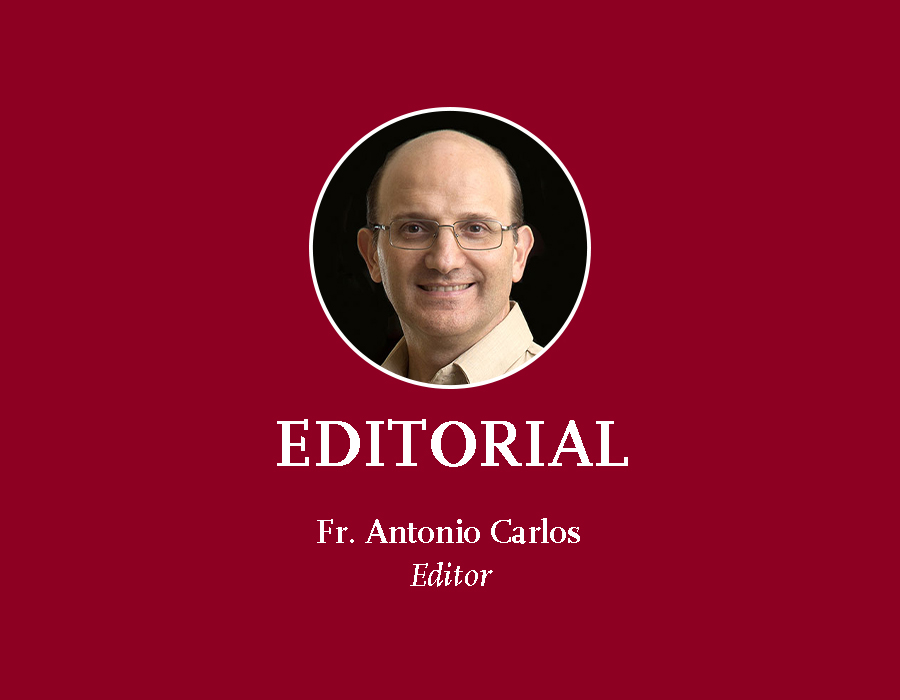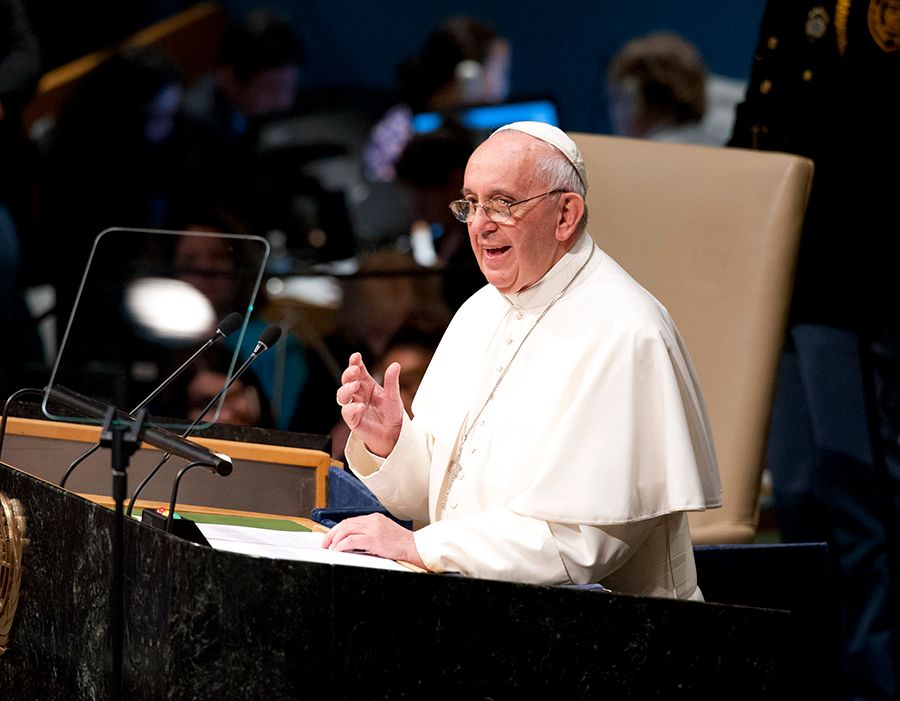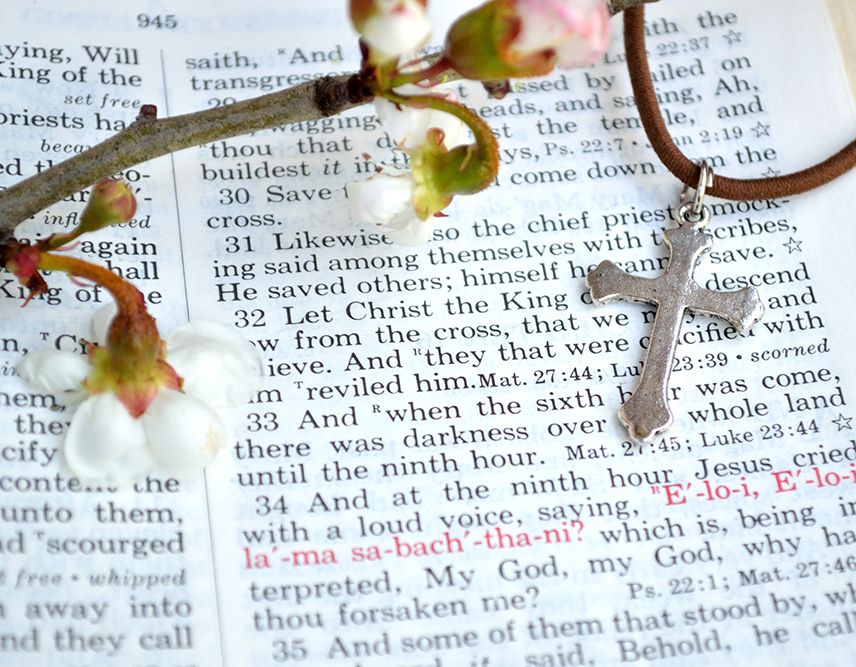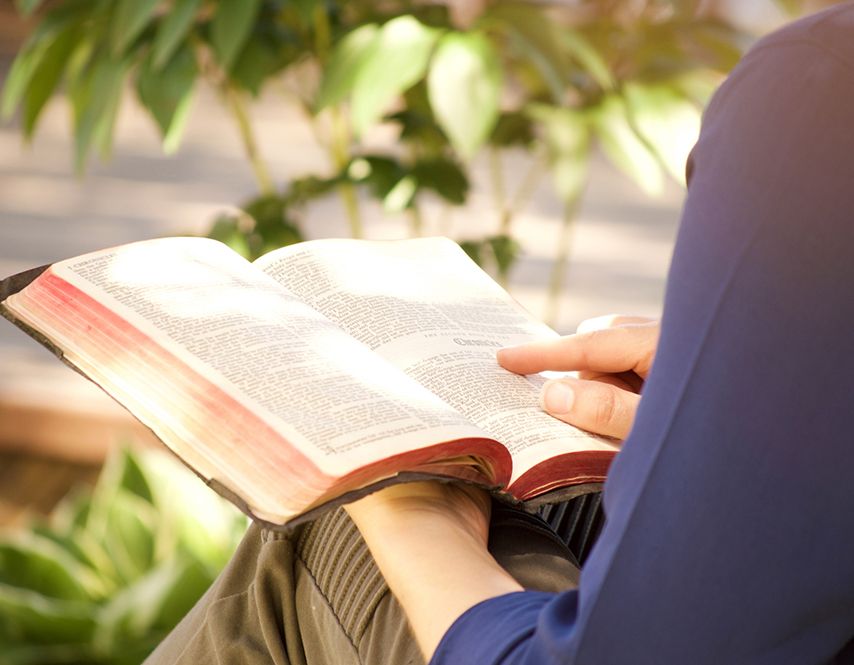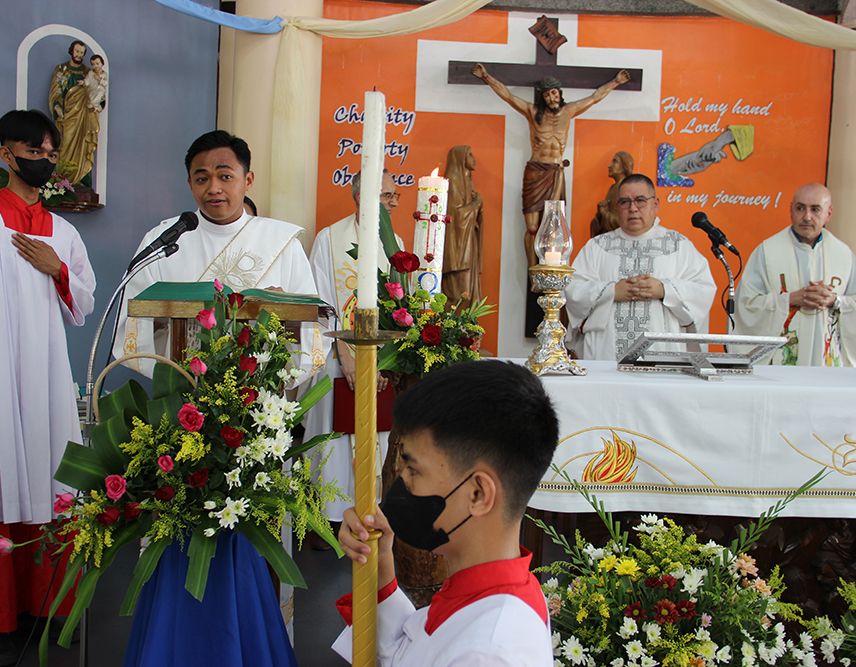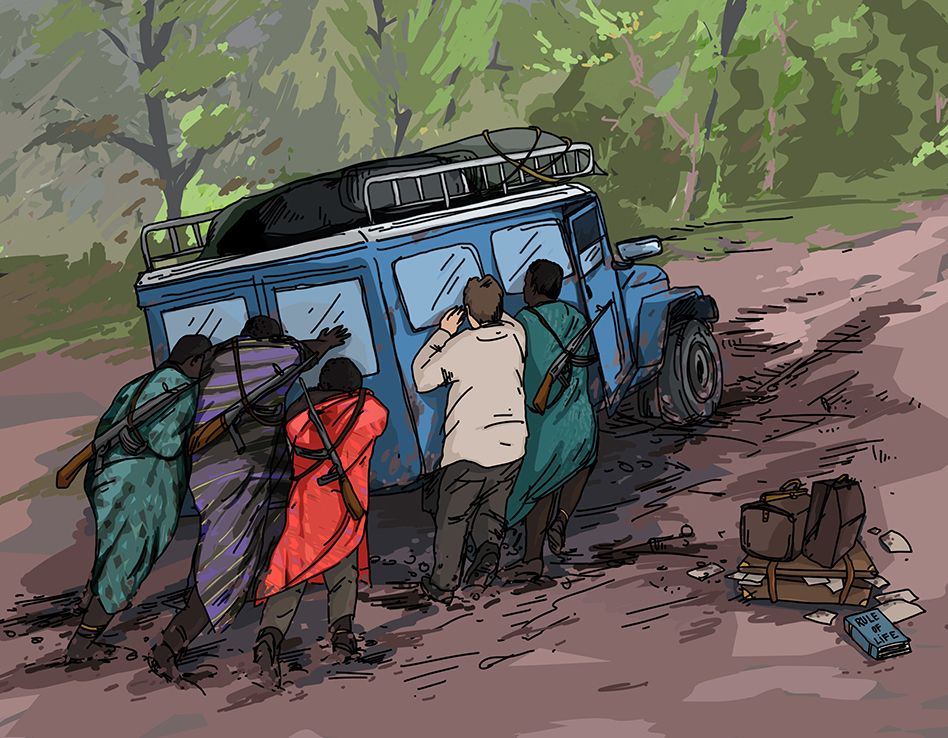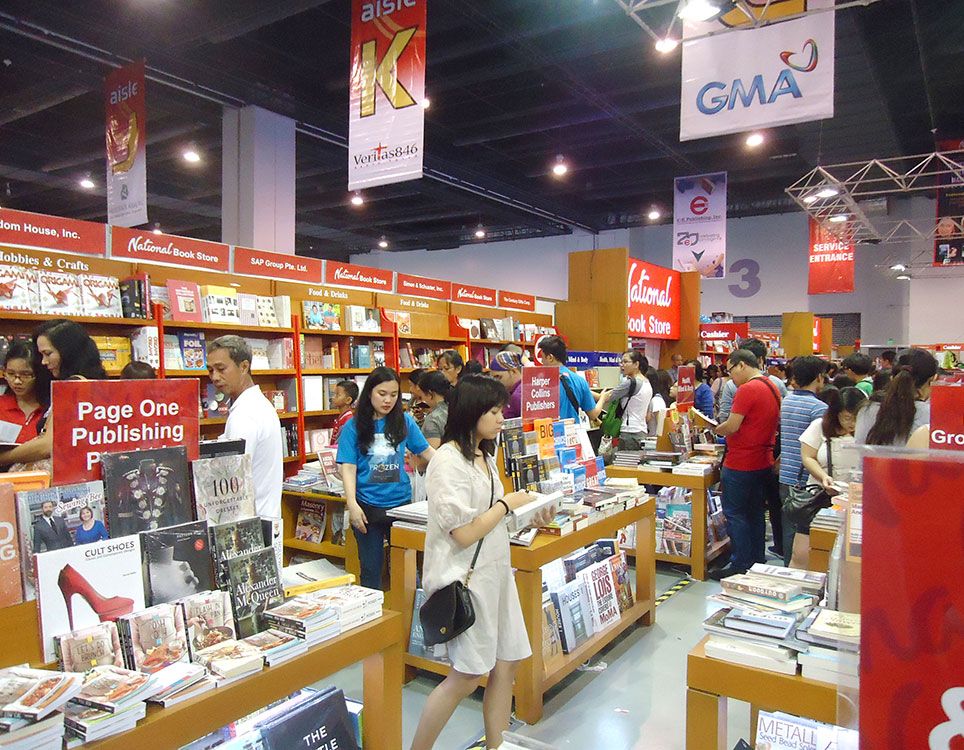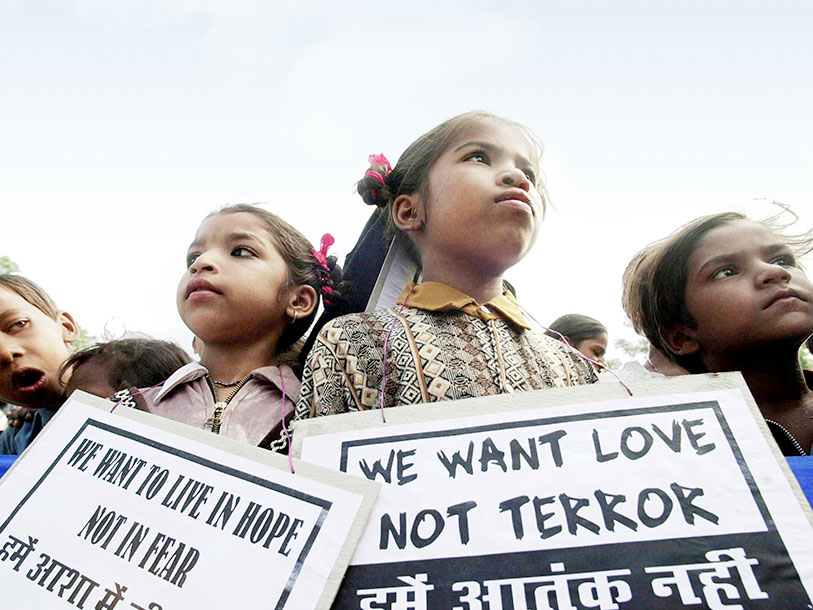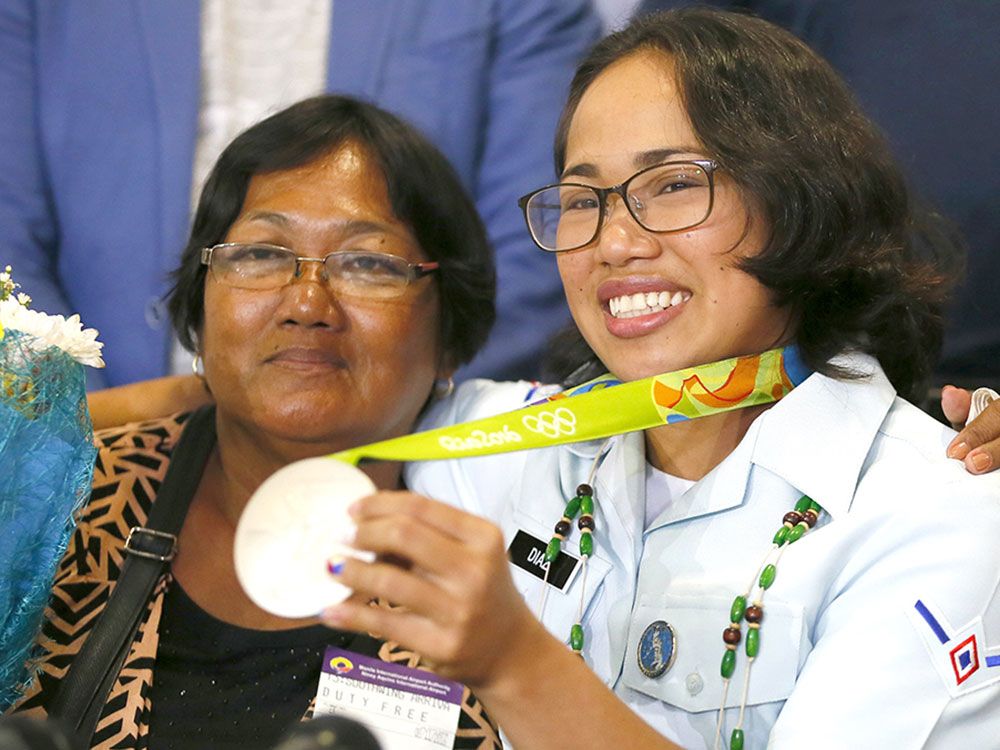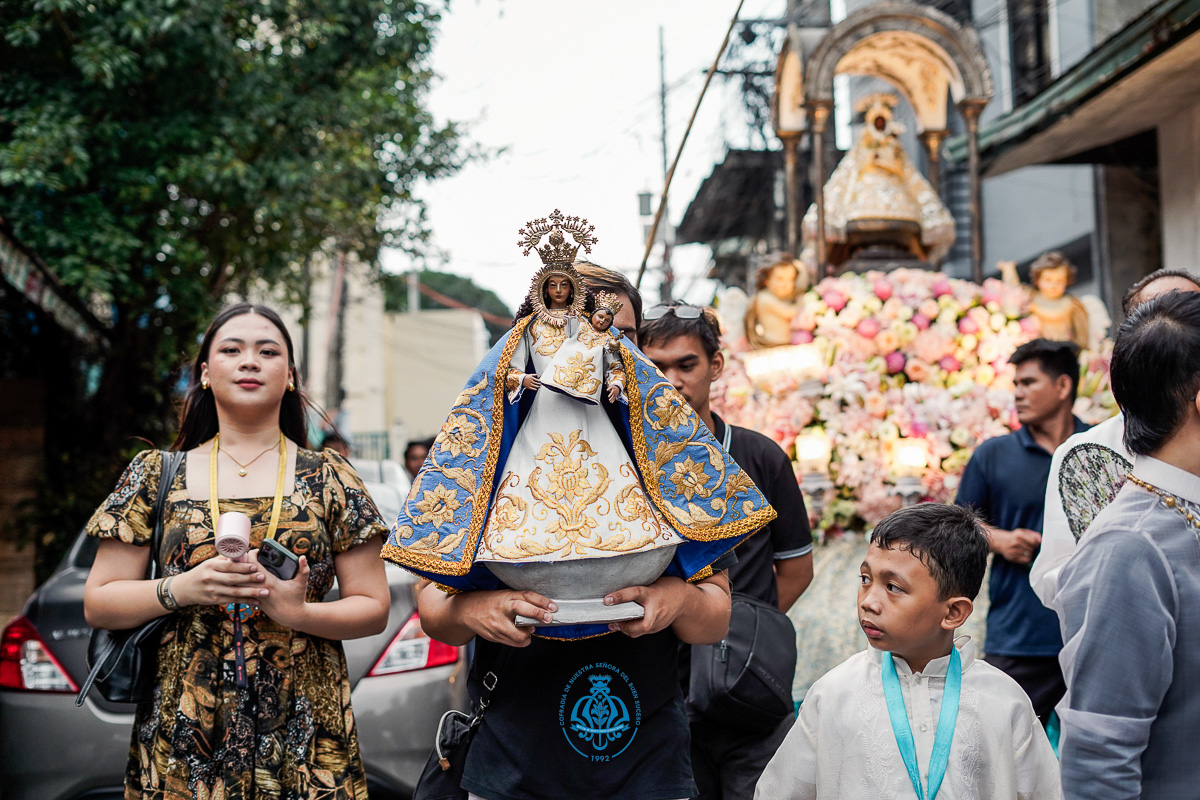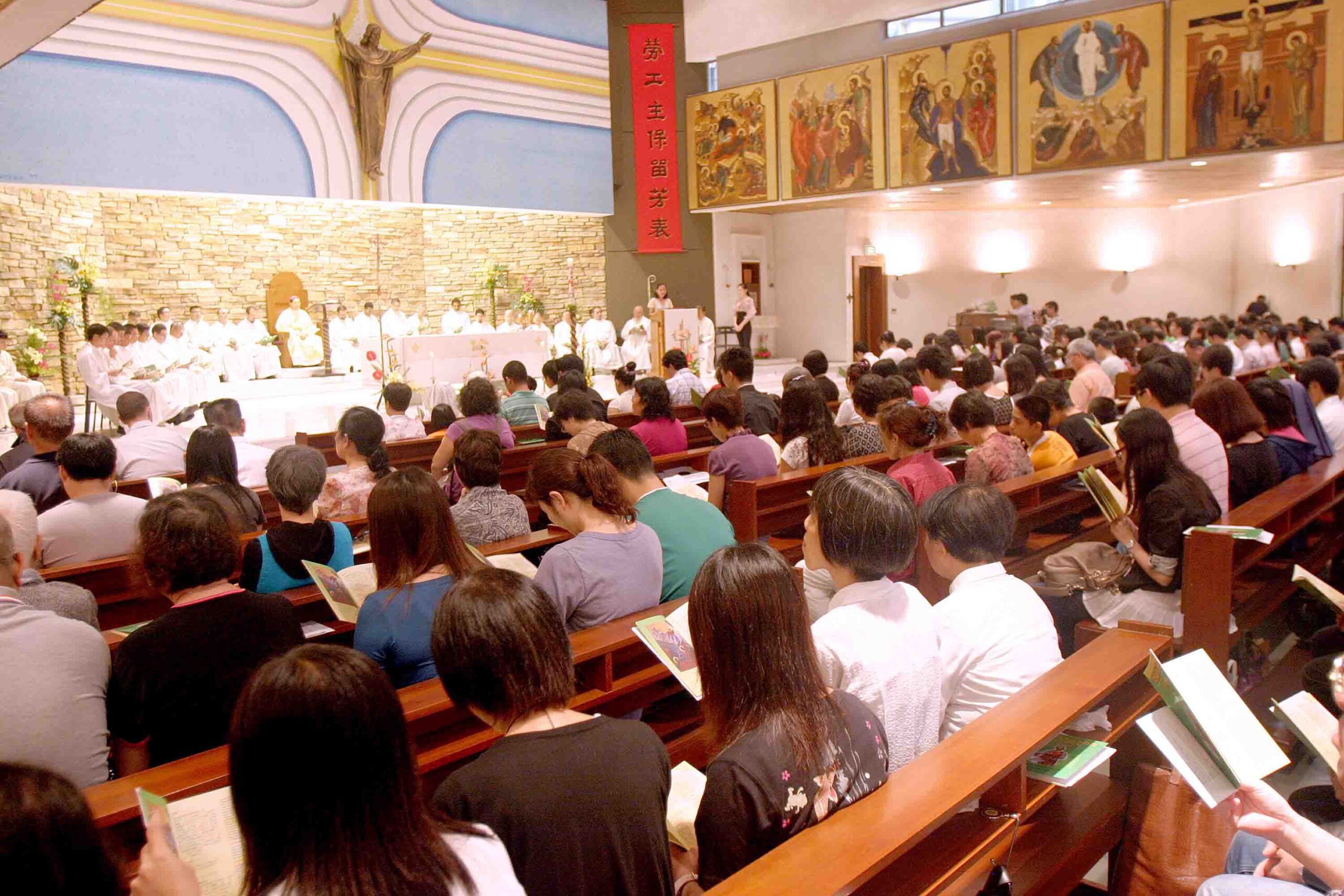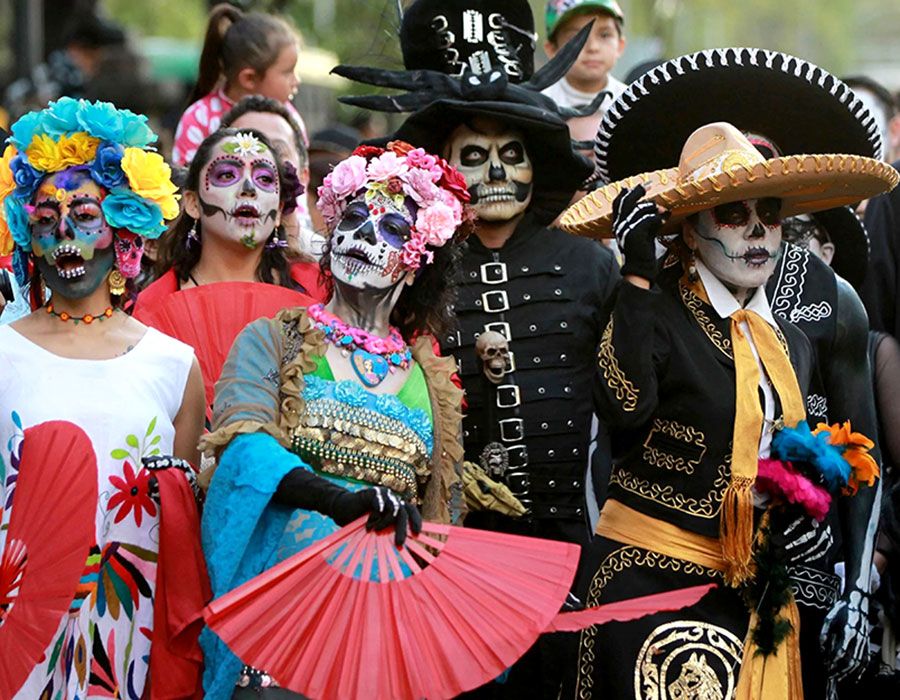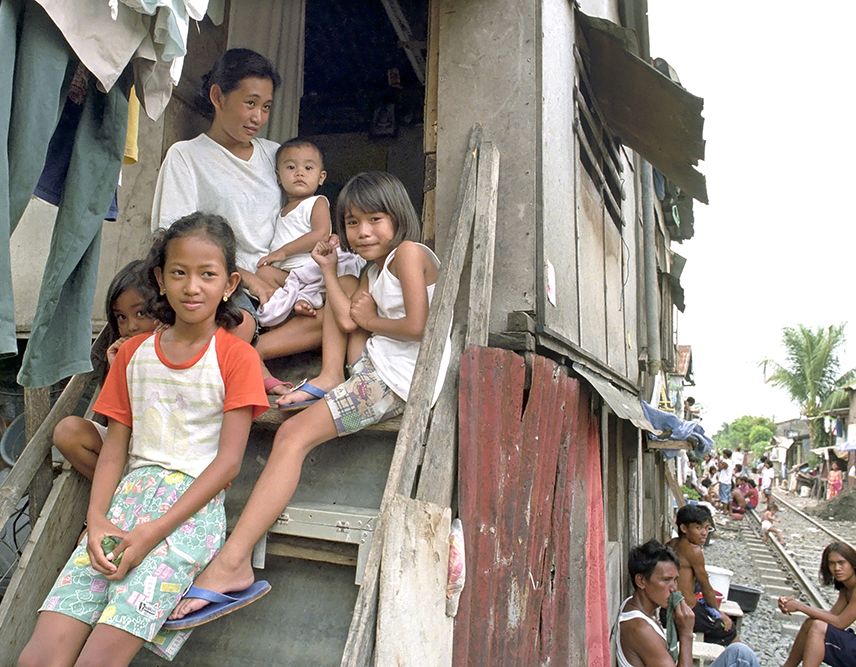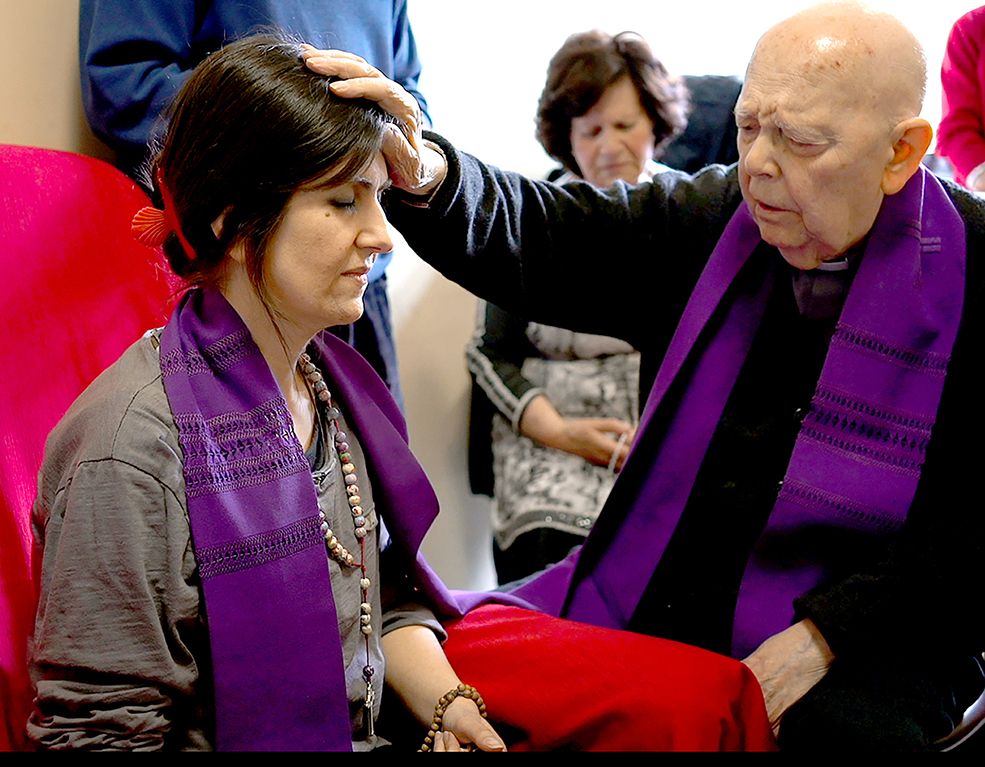If we look closer, Papa Francesco–the first Jesuit and Latin American pope–is the personification of Vatican Council II (1962-1965). This council, according to the Jesuit theologian Karl Rahner, marked the beginning of a new period in Christianity, that of Weltkirche or the German concept of a “World Church,” which reflects the Catholicity of the hierarchy and a non-Eurocentric Church.
Francis is the first non-European Bishop of Rome and the first pope of Rahner’s Weltkirche, who, with a passion for reforms, began a global movement of a dynamic missionary Church that reaches out to the frontiers and the peripheries (Evangelii Gaudium, 14-18).
With Weltkirche in mind, he remembers with special affection not only the religious and missionaries scattered in difficult places but also the “smugglers of Faith,” an allusion to how millions of the lay Overseas Filipino Workers or OFWs “smuggle” the Catholic Faith even to nations where it is not safe to be Catholic.
In his homily during the Thanksgiving Mass for the 500 years of Christianity in the Philippines (1521-2021), the Holy Father urged Filipinos everywhere to continue to share the Catholic faith, saying it is “part of your genes” and a “blessed infectiousness” that must be preserved.
He has also put greater emphasis on the internationalization of the College of Cardinals, creating 121 cardinals from 66 countries. 23 of these countries had never been represented in the College of Cardinals. This has reduced the number of Italians as cardinal electors to only 20 percent, compared to 55 percent before Vatican II–thus completely changing the face of the Cardinalate.
His appointees included prelates from the underdogs in the axis of Catholic authority and places that never had a cardinal, such as Papua New Guinea, Haiti, Rwanda, Burkina Faso, Ethiopia, and Tonga. His choice to appoint Giorgio Marengo I.M.C., the youngest cardinal and Apostolic Prefect of Ulaanbaatar, extended his circles of advisors to faraway Mongolia.
Believing that “the future of the Church is in Asia,” a vision he once whispered to Filipino Cardinal Luis Antonio Tagle, Francis chose the Archbishops of Hanoi, Bangkok, Yangon, Díli (East Timor), Singapore, Seoul, Bangladesh, Kuala Lumpur, Laos, Karachi, Osaka, Jakarta; Orlando Quevedo, OMI, of Cotabato and Jose Advincula of Capiz (now of Manila) to receive the red beretta.
Asian Pilgrimages
His visits to South Korea for World Youth Day in 2014, Sri Lanka and the Philippines in 2015, Myanmar and Bangladesh in 2017, and Thailand and Japan in 2019 had their own goals and unique success stories.
During his visit to Sri Lanka, the Holy Father canonized the 17th-century Indian missionary to Sri Lanka Joseph Vaz and exhorted the Sri Lankans to follow the example of Vaz in his pursuit of Fratelli Tutti, “brothers all,” and interreligious dialogues. Pope Francis urged everyone to transcend all “religious divisions in the service of peace.”
His journey to Japan is the first by a pontiff since St. John Paul II’s visit in 1981 and in a way a wish come true for him who, as a young cleric, dreamed of being a missionary in the land of the rising sun. This is what he wrote: “Over time, I felt the desire to go as a missionary to Japan, where the Jesuits have always carried out a very important work” (El Jesuita, 2010). In all his visits in this region, he never failed to speak about boldness, “new paths,” and creativity in proclaiming the Gospel.
Apostolic Ambassadors To The World
The promotion of a Weltkirche by his journeys to more far-flung nations and by internationalizing the Roman Curia also seems to match his choice of Filipino prelates to sensitive posts outside of the Philippines.
Full of confidence in Filipino abilities (abilidad), he appointed Bicolano Archbishop Adolfo Tito Yllana as Apostolic Nuncio to Israel, Cyrus, and Palestine in 2021; Cebuano Archbishop Francisco Padilla as Apostolic Nuncio to Guatemala in 2020; his brother Archbishop Osvaldo Padilla was Apostolic Nuncio to Korea and Mongolia before his retirement in 2017; and Boholano Archbishop Bernardito Auza as Apostolic Nuncio to Spain in 2019.
He also assigned SVD missionary Joseph Tarife Durero in 2021 and Salesian missionary Pedro Baquero in 2019 as resident bishops for Papua New Guinea, considered to be the world’s “last frontier.”
Another Filipino, Vincentian Rolando Santos, has been a bishop in this country since 2011. In addition, the good pontiff chose Oscar Solís as the first Filipino-born Bishop of Salt Lake City, Utah, in 2017, and Alejandro Aclan as auxiliary bishop of the Archdiocese of Los Angeles in 2019. Early in 2023, our pontiff designated Anthony Celino, who hails from the Ilocos Region, as the first auxiliary bishop of El Paso, Texas.
The Holy Father trusted that “the noble Church in the Philippines now stands among the great Catholic nations in the entire world” should assume more global duties to share to other nations the faith the Filipino people have faithfully kept since 1521.
What most of us do remember is Benedict XVI’s resignation and the conclave of 2013 that followed, which elected the first Jesuit pontiff in history. His pontificate began “in one of the lowest moments in the reputation of the Roman Curia,” after inheriting such teething troubles as the Vatican financial crisis and the abuse scandals, among other burdens, believed to be too heavy for one man to carry.
Remember the 2013 Vatican tweet of Papa Francesco as “Superman,” a graffiti of a reform-minded and hero pontiff that captured the imagination of the world, a single image that heated up the social media, almost revving into overdrive?
Now, this reform-minded pontiff made radical attempts to overhaul what appears to be an immovable bureaucracy, which included the unprecedented appointments of women religious and competent lay persons as heads and subheads in the Roman Curia.
As his idea of a Weltkirche gradually takes shape, the Holy Father looks with special attention to Latin America, Africa, and Asia not only in his choices of new cardinals and Holy See ambassadors to difficult places, but also for positions of leadership in Rome. Indeed, his reforms will remain a yardstick of the papacy in the future.
Asian Prelates In The Roman Curia
Pope Francis made sure that his appointees who would walk along the Vatican corridors of power understand that they are there “to serve and not to be served.” Therefore, in accordance with his 2022 Apostolic Constitution Predicate Evangelium, he retained Filipino Cardinal Antonio Luis Tagle as Pro-Prefect of the Congregation for the Evangelization of Peoples who oversees the vast Catholic “mission territories” and New Particular Churches around the world.
Then he summoned to the Vatican as Prefect of the Dicastery for the Clergy Korean Cardinal Lazarus You Heung-sik, who himself said that the pontiff made it clear to him the significance of having a bishop from Asia in that leadership position.
The Holy Father also designated Msgr. Indunil Kodithuwakku, a leading Sri Lankan authority in Buddhism and Hinduism, as secretary of the Pontifical Council for Interreligious Dialogue. In addition, he appointed Indian Cardinal Filipe Neri Ferrão, Archbishop of Goa e Damão, as a member of the Dicastery for Evangelization, and Indian Cardinal Anthony Poola, Archbishop of Hyderabad, as a member of the Dicastery for Promoting Integral Human Development. Moreover, he assigned Filipino Cardinal Jose Advincula, Archbishop of Manila, as a Dicastery for Bishops member and Cebu Archbishop Jose Palma to serve as a Dicastery for Culture and Education member.
Three things come to mind: One, Pope Francis made sure that they and the newly created Asian cardinals are not there as an echo chamber of the Roman Curia but as a genuine voice of Asian Catholicism in the Vatican. Two, their designations in Rome reflect the Holy Father’s deep desire for a missionary Church and a solid indicator of the Holy Father’s bold intention to reach out to more Asians, who now make up two-thirds of the world’s population.
And finally, the new appointments “come from the different regions of the world,” as Pope Francis himself has said, “so that the Roman Curia reflects the universality of the Church.” Our Jesuit pontiff has become a lightning rod of the Church and his amazing and long-lasting impact on Asia and the world that began in 2013 continues.
To His Holiness Papa Francesco, the Vicar of Christ on earth, we owe our undying loyalty and obedience, profound respect, and filial affection.
Dr. José Mario Bautista Maximiano is the author of “Church Reforms–Semper Purificanda” Volume One (Claretian, 2023) and the author of “MCMLXXII: 500-Taong Kristiyano” Volume Two (Claretian, 2021), declared the “Best Book in Ministry” during the 16th Cardinal Sin Catholic Book Awards 2022.



